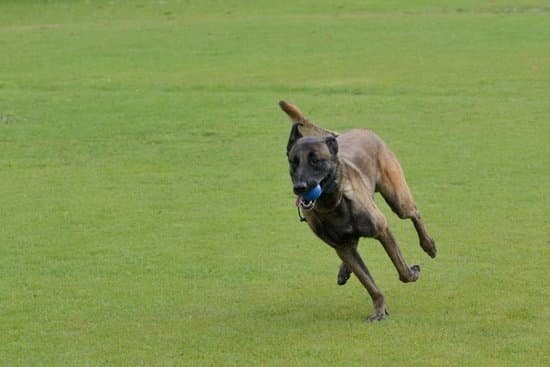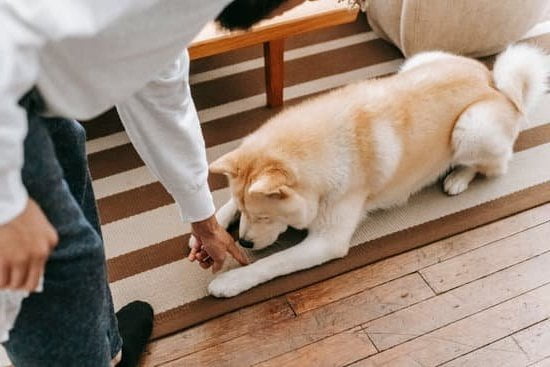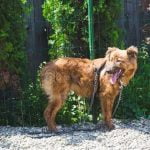One of the most common questions we are asked by our clients is how to crate train a one year old dog. While every dog is different, and some may take to crate training more easily than others, the following tips should help you successfully crate train your one year old dog.
First, start by introducing your dog to the crate. Place the crate in a quiet and comfortable spot in your home, and place a few treats inside. Allow your dog to explore the crate on his own, and don’t force him inside. Once your dog is comfortable with the crate, start feeding him his meals inside the crate. Gradually increase the amount of time your dog spends in the crate, until he is comfortable spending extended periods of time inside.
If your dog is having difficulty adjusting to the crate, start by placing a sheet or a towel over the crate to make it more comfortable and less intimidating. You can also try feeding your dog his meals in the crate, and gradually increasing the amount of time he spends inside. If your dog continues to have difficulty adjusting to the crate, consult with a professional dog trainer for assistance.
Crate Training Dogs With Separation Anxiety
Separation anxiety is one of the most common behavioral problems in dogs. It is estimated that as many as 1 in 3 dogs suffer from separation anxiety. Symptoms of separation anxiety can include barking, whining, chewing, scratching, urinating or defecating in the house, and general agitation when the dog is left alone.
While there are a number of different approaches that can be used to treat separation anxiety, crate training is one of the most effective. Crating the dog can help to prevent him from engaging in destructive or anxious behaviors and can also help to calm him down.
If you are crate training a dog with separation anxiety, it is important to make the crate a positive place for the dog. You should always make sure that the dog has plenty of water and food, and you may also want to put a toy or a bone in the crate to keep him occupied.
When you first start crate training a dog with separation anxiety, you will need to spend time with the dog in the crate. Gradually, you can start to leave the dog in the crate for longer and longer periods of time. Make sure to praise the dog when he behaves well in the crate and never punish him for being anxious.
Crate Training A Second Dog
Crate training a second dog can be a bit more challenging than training the first dog because you now have two dogs that may or may not get along. The key to successfully crate training two dogs is to make sure that each dog has his or her own crate and to keep the crates in different areas of the house.
When crate training two dogs, it is important to start with the basic commands such as sit, stay, come, and down. You will also need to be patient and consistent with both dogs. If one dog is getting more attention than the other, the dog that is being ignored may become aggressive or destructive.
It is also important to feed the dogs in different areas of the house and to provide plenty of exercise for each dog. If you have a fenced-in yard, it is a good idea to let each dog play in the yard separately.
If you are consistent with the training and provide plenty of exercise and supervision, crate training two dogs can be a successful experience for both dogs and the family.
How To Crate Train An Anxious Dog
There are a few things to keep in mind when crate training an anxious dog. First, make sure that the crate is big enough for the dog to stand up, turn around, and lie down in. You may also want to provide some type of bedding or a soft toy for the dog to snuggle up with.
Next, begin by placing the crate in a quiet, comfortable spot in the house. Start by placing the dog in the crate for a few minutes at a time, and gradually increase the amount of time the dog spends in the crate.
If the dog starts to become agitated or anxious, calmly remove him from the crate and try again later. It may also help to provide a positive reinforcement such as a treat or a pat on the head when the dog is calm and relaxed in the crate.
With patience and persistence, you can successfully crate train an anxious dog.
Best Way To Crate Train An Older Dog
Crate training an older dog can be a bit more difficult than crate training a younger dog, but it is definitely possible. The key is to be patient and consistent with your training.
The first step is to introduce your dog to the crate. Put a soft bed or blanket in the crate and put the dog inside. Give him a treat and praise him for entering the crate. Leave the door open and let the dog explore the crate on his own.
Once the dog is comfortable with the crate, start feeding him his meals inside the crate. Once he is eating his meals inside the crate, close the door for a few minutes. gradually increase the amount of time the door is closed.
Once the dog is comfortable eating his meals inside the crate with the door closed, start using the crate for short periods of time when you are not home. gradually increase the amount of time the dog spends in the crate.
If the dog has an accident in the crate, do not scold him. Just clean it up and start over with your training. Be patient and consistent and your dog will eventually learn to crate train.

Welcome to the blog! I am a professional dog trainer and have been working with dogs for many years. In this blog, I will be discussing various topics related to dog training, including tips, tricks, and advice. I hope you find this information helpful and informative. Thanks for reading!





